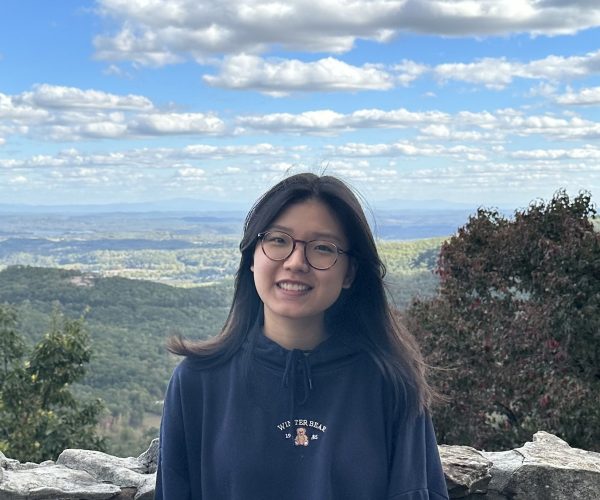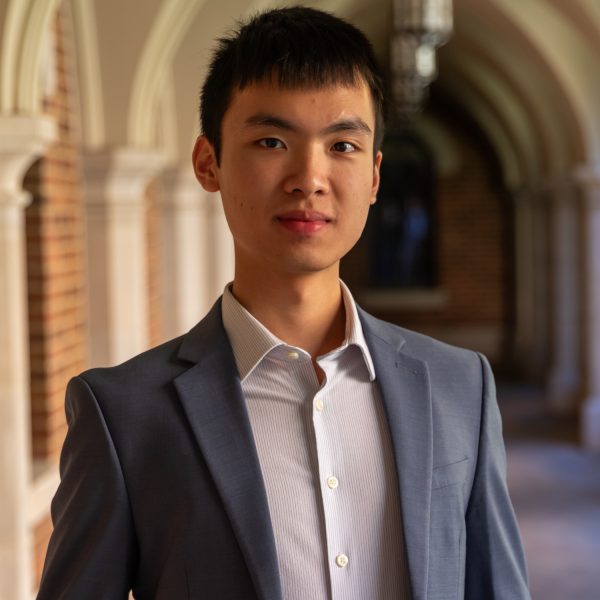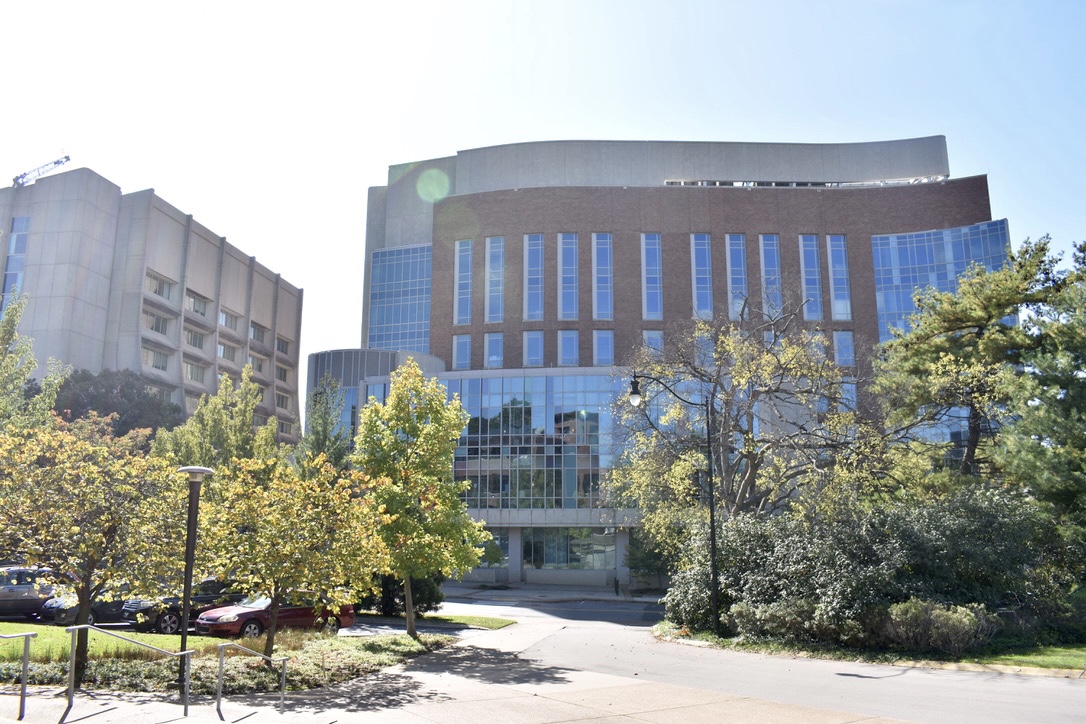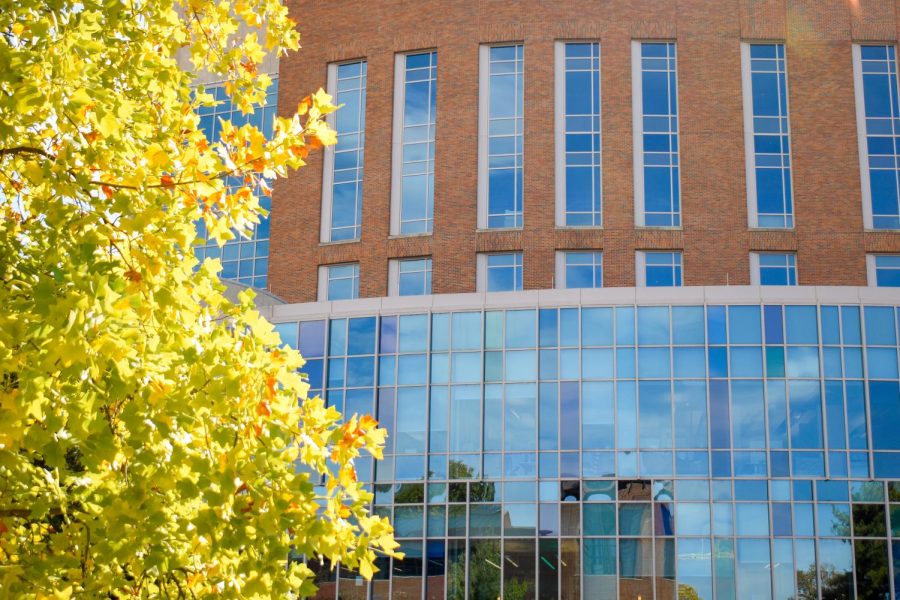In mid-January, Vanderbilt launched the Center for Computational Systems Biology as a means of merging a variety of academic specialties at the crosswords of engineering and biological science, including computer science, engineering and biomedical research. This center aims to support collaboration among Vanderbilt’s scientific and information technology research teams to advance research in human disease.
The CCSB, housed in the School of Medicine Basic Sciences, is a part of the Discovery Vanderbilt initiative, an effort managed by the Office of the Provost, with a focus on increasing engagement from faculty and students in the sciences. The center will support students and staff to explore new ideas through an interdisciplinary collaborative lens and support training in data analysis with the emergence of new research approaches.
The center’s inaugural director is professor of cell and developmental biology Ken Lau. In his research, Lau uses different technologies to draw insights from cellular data. Lau expressed excitement about the center’s ability to introduce interdisciplinary collaborations among experts from biology, computer science, engineering and mathematics, particularly with the rise of artificial intelligence.
“One of the most exciting opportunities the Center for Computational Systems Biology offers is the ability to harness emerging AI with big data to unravel the complexity of biological systems at cellular and molecular scales,” Lau said. “I’m equally excited for internal collaborations that will lead directly to developments within interdisciplinary fields.”
Junior Rene Huerta, president of the Association of Biology Students, said he believes the new center will provide valuable resources for students pursuing advanced studies in biomedical fields.
“The Center for Computational and Systems Biology presents an exciting opportunity for students interested in bioinformatics, systems biology and computational modeling, especially those preparing for medical school and graduate research,” Huerta said.
Will Ford, senior and vice president of the Biochemistry and Chemical Biology Student Association, emphasized the importance of collaboration in scientific progress.
“The collaborative nature of the program cultivates a culture that breaks down barriers between disparate areas of science and showcases how teamwork can lead to revolutionary breakthroughs,” Ford said. “This is precisely what must be mirrored in modern medical practices.”
Dean of the School of Medicine Basic Sciences John Kuriyan said he anticipates that the Center will contribute to the future of medical education and research by integrating computational and engineering concepts into biomedical research.
“The Center will instill quantitative and interdisciplinary thinking in the next generation of young scientists,” Kuriyan said. “It will help make progress toward solving problems surrounding disease and human conditions.”







